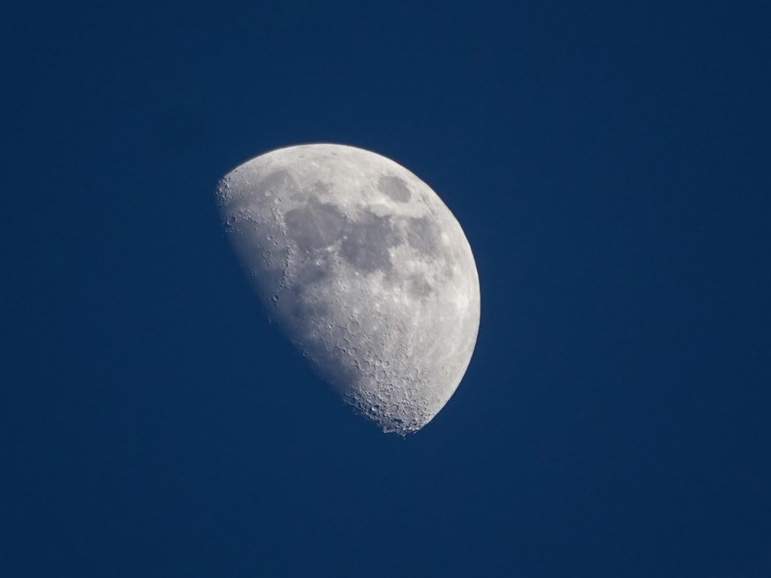"Part of it, plus the rest of it, equals all of it."
John Rosenfeld, citing "Baldy's Law"
8.1 OverviewJohn Rosenfeld, citing "Baldy's Law"
Fractional crystallization occurs when the minerals that grow from a cooling magma are physically separated from the liquid, changing the chemical composition of that liquid. There is good evidence that fractional crystallization occurs in many common magmas. This chapter considers some of the features of fractional crystallization and their effects on the major element chemistry of igneous rocks. It is possible to use knowledge of these effects to detect fractional crystallization by examining the chemistry of the resulting rocks. Concepts that are developed in this chapter include:
- crystal settling
- fractionation trends
- detecting fractionation
- exchange coefficients
- Bowen's Reaction Series
